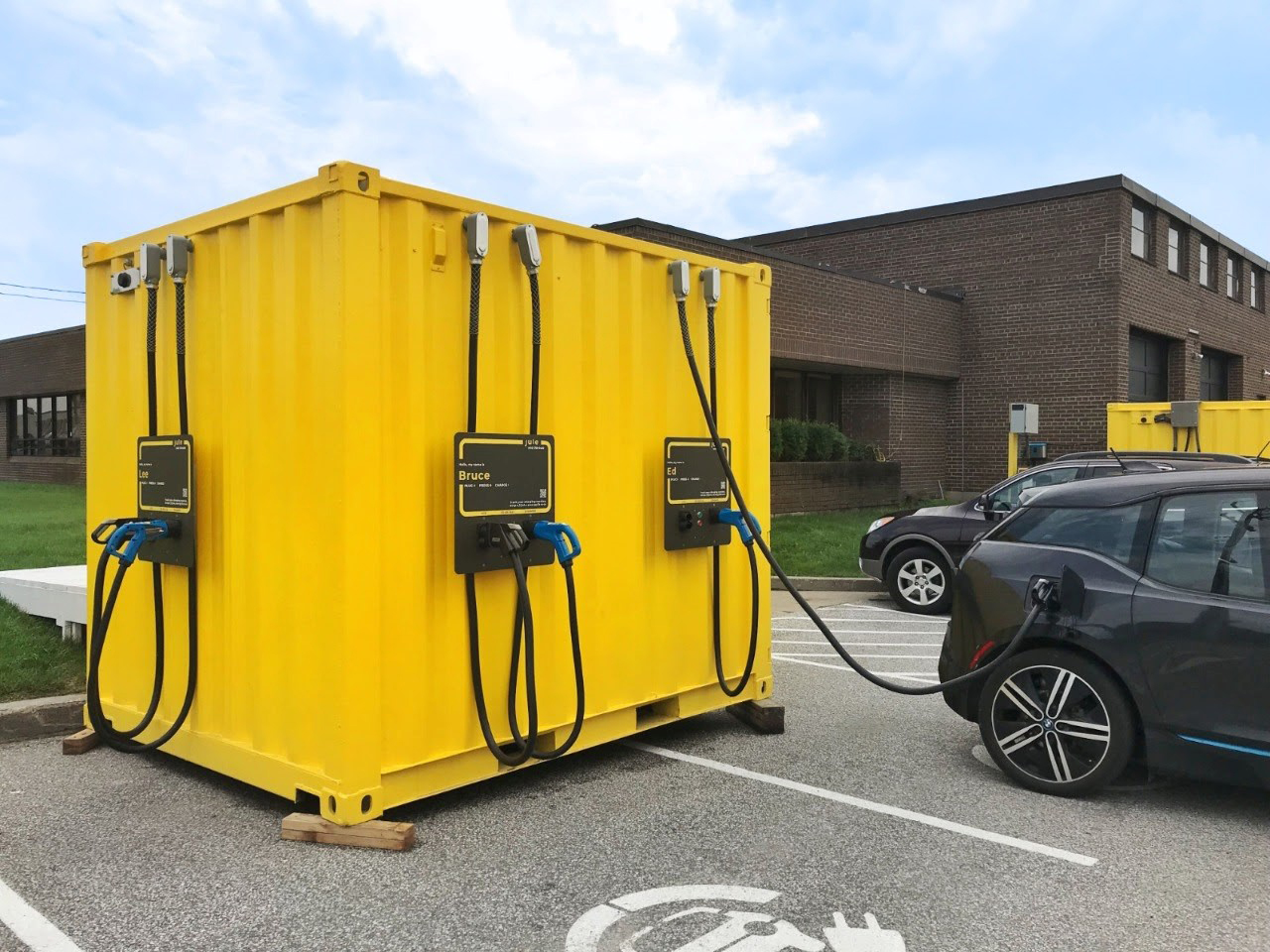ACEP Partners on Heavy-Duty EV Demonstration Project

The Department of Solid Waste Services (SWS) for the Municipality of Anchorage, in partnership with eCamion, Alaska Energy Authority, and Alaska Center for Energy and Power, is about to launch a demonstration project with heavy- and medium-duty electric vehicles and innovative, battery-tied charging equipment in Anchorage.
Heavy-duty EVs are gaining recognition globally as an attractive alternative to their diesel-fueled counterparts. Fuel and maintenance savings can offset the higher upfront costs of heavy-duty EVs, making them cheaper than a diesel or natural gas vehicle over the life of a vehicle. Data and analysis produced as part of this project will provide critical knowledge to the emerging EV market in Alaska and help stakeholders in cold climates determine the real-world performance of these promising technologies.
The project has four main objectives:
1) Deploy two heavy-duty EVs and one medium-duty EV to support municipal solid waste collection.
2) Install and test battery-tied electric vehicle supply equipment (EVSE).
3) Analyze performance data for both heavy-duty EVs and EVSE.
4) Conduct outreach to fleet managers to accelerate EV adoption.
The Municipality of Anchorage is still finalizing details with Peterbilt. However, the class 8 trucks are expected to be the 520EV model, with a 396 kilowatt-hour battery. The class 6 truck is expected to be the 220EV model, with a 141 kWh battery. ECamion, a Canadian company in the 2019 Launch Alaska cohort, will furnish the battery-tied charging equipment, which will be used to mitigate costly utility demand charges that would otherwise result from fast charging these heavy- and medium-duty EVs directly from the grid. The eCamion system may also be used for peak shaving. ACEP will collect and analyze the EVs and EVSE data to validate manufacturer claims and impacts from cold weather and varied driving conditions.
Pierce Schwalb, sustainability coordinator and SWS lead for this U.S. Department of Energy-funded project, recently got to test drive a medium-duty EV at the Peterbilt facility near Bellevue, Washington.
“The box truck doesn’t have a transmission, so there is instant torque,” Schwalb said. “It was a bit like being at the start of a rollercoaster as it accelerates. It feels like driving a smaller vehicle, only you are in a huge class 6 truck.”
“SWS drivers will not be racing around town in these new EVs,” Schwalb added. “They have an excellent safety record they need to keep.”
Schwalb also noted how quiet these electric refuse trucks are compared to the existing internal combustion engine-powered trucks. It’s an attribute likely to be appreciated by anyone woken early in the morning by the noise of a diesel engine outside your house.
This project is made possible through a generous grant from the U.S. Department of Energy’s Office of Energy Efficiency and Renewable Energy.
For more information, contact Tim Leach at tleach5@alaska.edu.
An eCamion battery-tied station charges an electric vehicle in Anchorage. Photo courtesy of Pierce Schwalb, Municipality of Anchorage.


